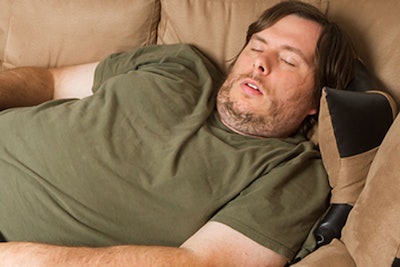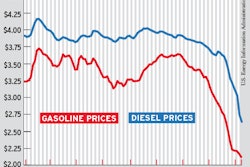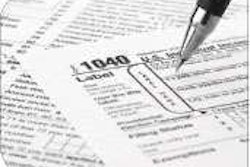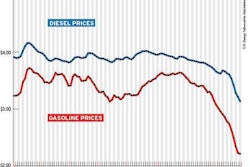For most workers, a nap is just a luxury. For professional drivers, it can be a critical tool in fatigue management – assuming you’re fortunate enough to have that much control over your schedule.
 The best time to nap is six to eight hours after waking.
The best time to nap is six to eight hours after waking.Perhaps you’ve wondered about the variables in napping and how they affect results: when you nap, how long, why some naps aren’t as productive as others.
Stories from the BBC and Huffington Post address these points and others. From those stories, here are six key tips on napping that can help you manage fatigue:
- Napping is better than coffee for mental sharpness. Tested for memory, those who napped did better on memory tests than those receiving a good dose of caffeine, who were not helped and sometimes were hurt in their performance.
- How long should you nap? One study found that a 10-minute afternoon nap was remarkably effective. It doesn’t hurt to go a little longer, but going beyond 20 minutes is likely to entail a little grogginess upon waking.
- The best time to nap, based on our circadian rhythms, is six to eight hours after waking, typically early afternoon. This “nap wheel” lets you drag a pointer to the hour you woke up and it then shows the optimum time for a nap.
- A preparatory nap does a lot if you know you need to stay awake later than you’d prefer. In fact, napping two hours or more can improve alertness up to 24 hours. Even so, it would be irresponsible to depend heavily on an early nap to get you beyond a point when you know you’ll need sleep.
- Drinking a cup of coffee right before starting a nap works for some. The caffeine takes about 20 minutes to kick in, so you wake up after just enough sleep, ready to roll.
- Some people are not inclined to nap. If you’re one of them, forcing yourself to take (or try to take) a mid-day snooze probably won’t help.
If you’re eager for more on the length and timing of naps, the experts in these stories explain differences between deep wave sleep and REM (rapid eye movement) sleep. Those include different impacts on creativity and restoration of alertness.
What’s been your experience with catching naps on the road?










